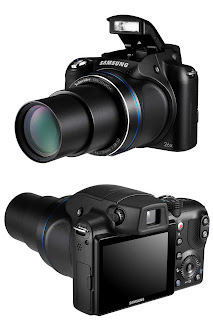Jobs unveiled the iPhone to the public on January 9, 2007 at Macworld 2007. Apple was required to file for operating permits with the FCC, but since such filings are made available to the public, the announcement came months before the iPhone had received approval. The iPhone went on sale in the United States on June 29, 2007, at 6:00 pm local time, while hundreds of customers lined up outside the stores nationwide. The original iPhone was made available in the UK, France, and Germany in November 2007, and Ireland and Austria in the spring of 2008.
On July 11, 2008, Apple released the iPhone 3G in twenty-two countries, including the original six. Apple released the iPhone 3G in upwards of eighty countries and territories. Apple announced the iPhone 3GS on June 8, 2009, along with plans to release it later in June, July, and August, starting with the U.S., Canada and major European countries on June 19. Many would-be users objected to the iPhone's cost, and 40% of users have household incomes over US$100,000. In an attempt to gain a wider market, Apple retained the 8 GB iPhone 3G at a lower price point. When Apple introduced the iPhone 4, the 3GS became the less expensive model. Apple reduced the price several times since the iPhone's release in 2007, at which time an 8 GB iPhone sold for $599. An iPhone 3GS with the same capacity now costs $99. However, these numbers are misleading, since all iPhone units sold through AT&T require a two-year contract (costing several hundred dollars), and a SIM lock.
Apple sold 6.1 million original iPhone units over five quarters. The sales has been growing steadily thereafter, by the end of fiscal year 2010, a total of 73.5 million iPhones were sold. Sales in Q4 2008 surpassed temporarily those of RIM's BlackBerry sales of 5.2 million units, which made Apple briefly the third largest mobile phone manufacturer by revenue, after Nokia and Samsung. Approximately 6.4 million iPhones are active in the U.S. alone. While iPhone sales constitute a significant portion of Apple's revenue, some of this income is deferred.

The back of the original iPhone was made of aluminum with a black plastic accent. The iPhone 3G and 3GS feature a full plastic back to increase the strength of the GSM signal. The iPhone 3G was available in an 8 GB black model, or a black or white option for the 16 GB model. They both are now discontinued. The iPhone 3GS was available in both colors, regardless of storage capacity. The white model was discontinued in favor of a black 8 GB low-end model. The iPhone 4 has an aluminosilicate glass front and back with a stainless steel edge that serves as the antennae. It is available in black; a white version was announced, but has as of October 2010 not been released.
The iPhone has garnered positive reviews from critics like David Pogue and Walter Mossberg. The iPhone attracts users of all ages, and besides consumer use the iPhone has also been adopted for business purposes.









 10:04 PM
10:04 PM
 Alamgir
Alamgir









